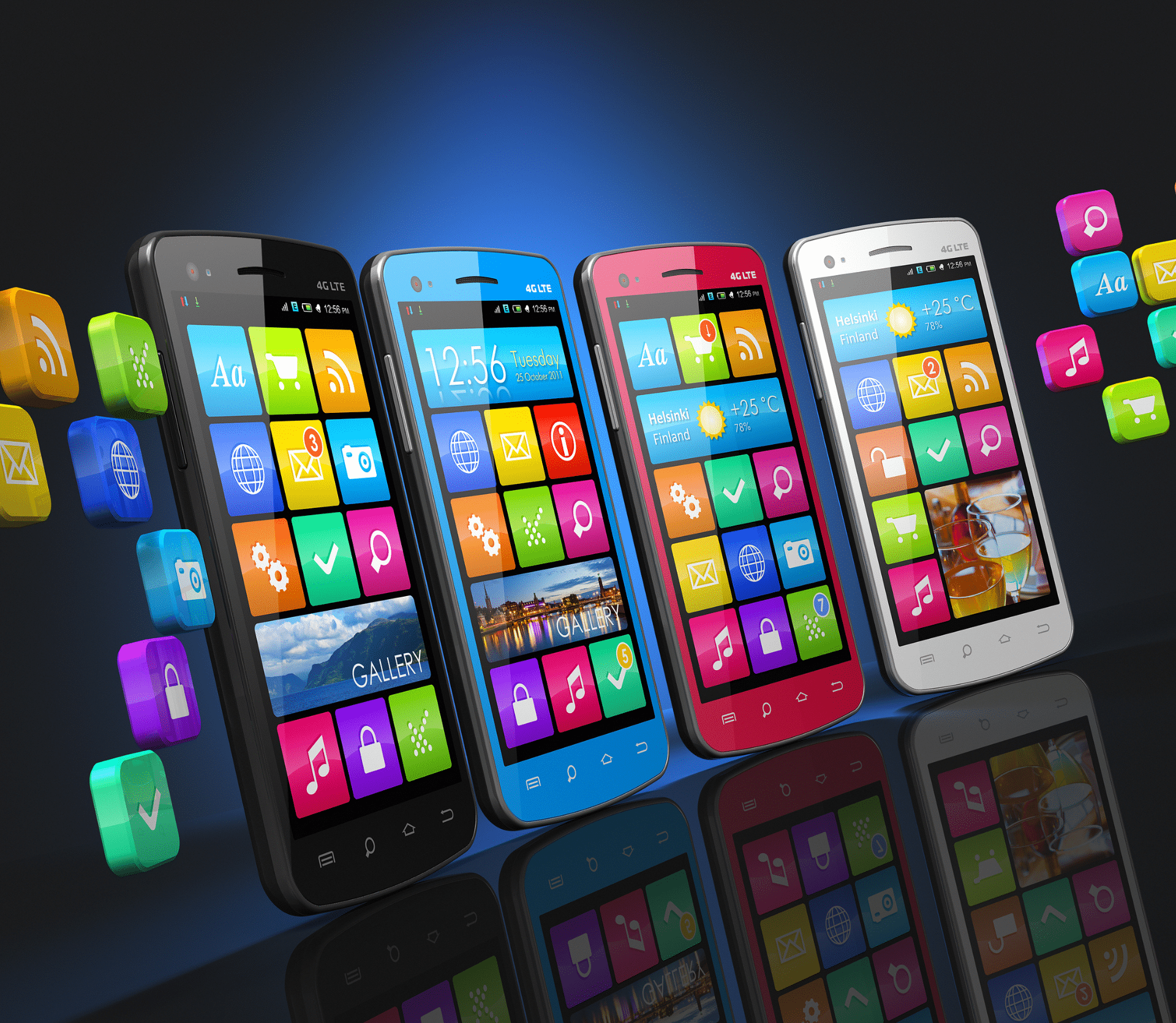
Google and Spotify Reach Agreement on In-app Payments
Google and Spotify have reached a multi-year agreement for in-app payments. For the first time, Spotify subscribers can choose to pay the streaming service directly, or they can opt to pay through Google Play’s billing system. According to a March 23, 2022 Spotify blog post, the payment options will “live side by side” in the app in the coming months. The Spotify and Google teams will work together to create these billing options and then test them before rolling them out to Spotify’s global markets. The company expects to offer the in-app User Choice Billing options later this year.

“We think that users should continue to have the choice to use Play’s billing system when they install an app from Google Play. We also think it’s critical that alternative billing systems meet similarly high safety standards in protecting users’ personal data and sensitive financial information,” said Sameer Samat, vice president of product management for Google in a March 23 blog post on the Android Developers Blog.
Google said this is a pilot program, and they will be working with “a small number of participating developers” to offer billing alternatives for in-app payments. Google chose Spotify to be their first such partner because they are one of the world’s largest subscription developers with a global footprint.
“This is a significant milestone and the first on any major app store – whether on mobile, desktop, or game consoles,” Samat added. “This pilot will help us to increase our understanding of whether and how user choice billing works for users in different countries and for developers of different sizes and categories.
New commission structure
Under Google’s current commission structure, the company takes a 15% cut of revenue for in-app purchases and subscription payments made through the Google Play app store. Similar to Apple, Google previously took a 30% revenue share in year 1, which dropped to 15% in subsequent years. They changed to 15% across the board starting January 1, 2022. Variety reported that Spotify will pay Google a revenue share that is less than the current 15%, and Google will charge Spotify a fee for purchases made directly through the streaming service. The parties did not disclose the terms of their agreement and the new revenue share percentages.
In-app payments major victory for Spotify
For Spotify, this is a major victory. They have been advocating for platform fairness, including offering subscribers the ability to pay directly on their platform. That wish has come true.
“Spotify is on a years-long journey to ensure app developers have the freedom to innovate and compete on a level playing field. We’re excited to be partnering with Google to explore this approach to payment choice and opportunities for developers, users, and the entire internet ecosystem. We hope the work we’ll do together blazes a path that will benefit the rest of the industry,” said Alex Norström, chief freemium business officer at Spotify.
“Android has always been about openness and user choice,” said Samat. “This step is an important milestone for mobile app stores, and I can’t imagine a better first partner than Spotify. They value choice as much as we do and understand the importance and continued investment in Android and Play to the health of the entire ecosystem. This is an exciting first step and we look forward to adding new partners and learning how this model could be expanded across the platform.”

Apple makes concession for “reader apps”
Last week, Apple announced an update to App Store review guidelines that will allow the developers of “reader apps” to request access to the External Link Account Entitlement. In other words, with Apple’s approval, a developer can include a link to a website that is owned or maintained by the developer. “Reader apps” are those that offer digital content including magazines, newspapers, books, audio, music or video. There are, of course, caveats.

This is not the same arrangement as what Google and Spotify have just agreed to, but it is closer than Apple has come to offering developers the option to link to an outside website within the app. For purchases made within the app, Apple will still require developers to use Apple’s in-app payment system. The revenue share for year 1 is 30%, and it drops to 15% for subsequent years.
Insider Take
These are significant concessions for Google and Apple, and huge victories for developers and companies like Netflix and Spotify who will enjoy a little more freedom from the app stores to whom they are beholden. Google and Apple aren’t being gracious solely out of the goodness of their hearts though. In the case of Spotify, Google will earn some of the revenue from in-app payments billed directly through Spotify. And in the case of both companies, regulatory agencies in the U.S. and abroad are likely to force their hands anyway. It is better that the companies do it on their own terms.




